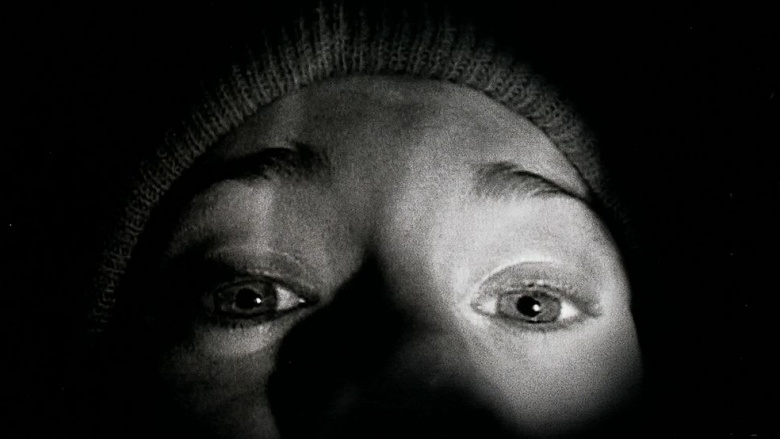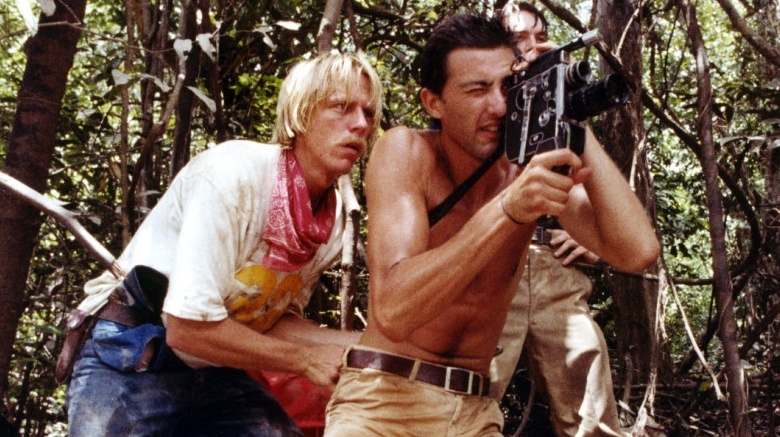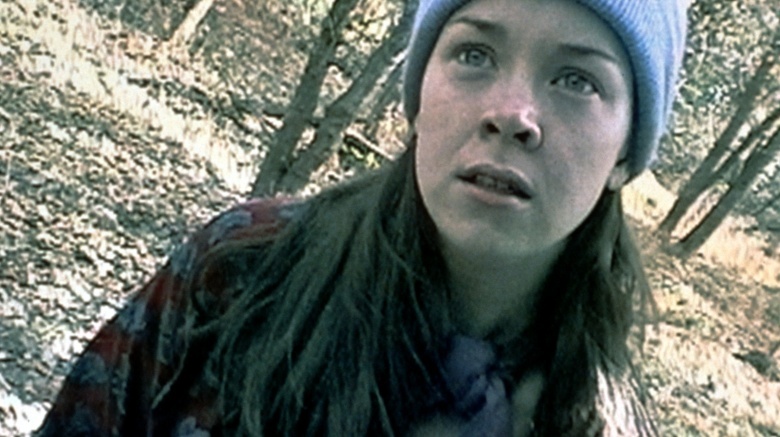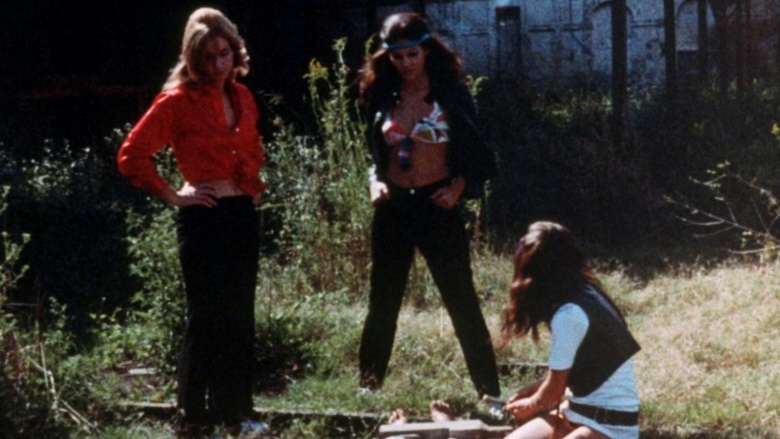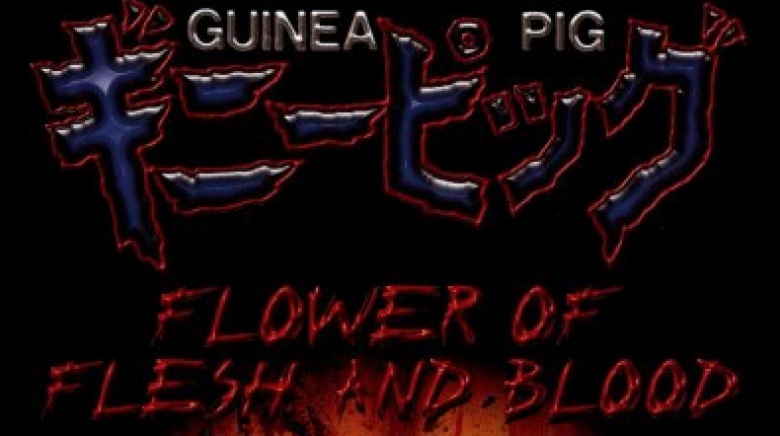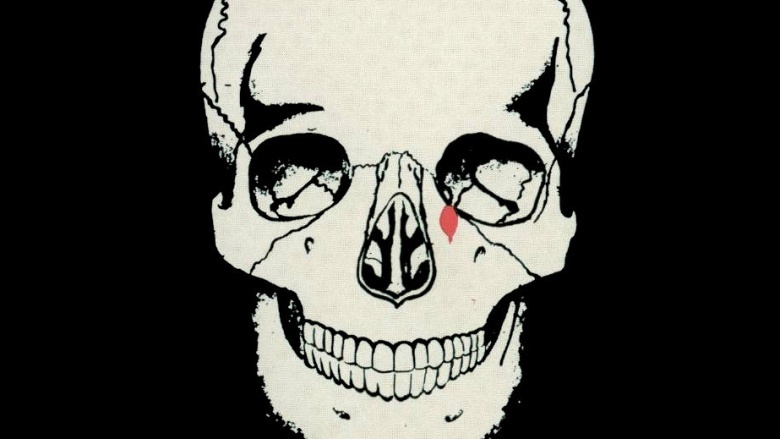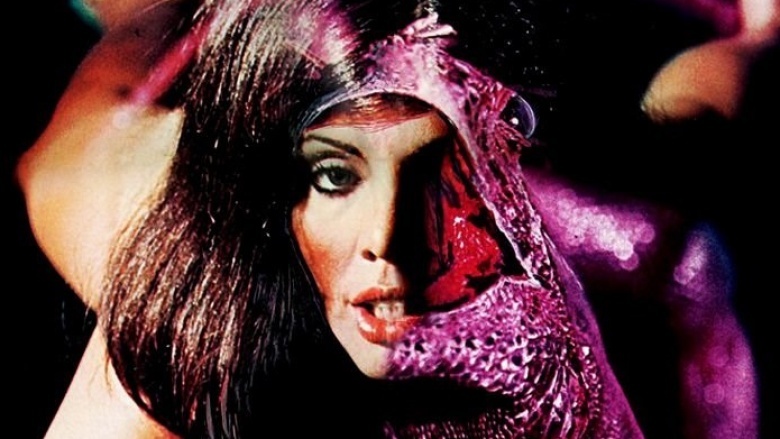Movies People Were Dumb Enough To Think Were Real
Everyone knows that movies, even the most realistic ones, are 100 percent made up. And yet still, every so often, people watch a film and believe that it's real. Not because it was so well-made that the viewer could easily suspend their disbelief or anything. No, these people just suddenly forgot that fiction exists, and automatically concluded that they just watched a documentary—or worse, an actual murder.
Cannibal Holocaust (1980)
The original "found footage" movie, Cannibal Holocaust had people fooled from the start, both due to the incredibly realistic (and gory) special effects, and the fact that nobody could find the actors afterwards. This was because, according to Bloody-Disgusting.com, director Ruggero Deodato had them all sign waivers stating they wouldn't appear in anything (movies, TV, commercials, print ads, etc.) for at least a year. That way, the world would truly believe these poor souls had been captured, cooked, digested, and pooped out long ago.
This dedication to hornswoggling almost got Deodato in humongous trouble, as Italian police arrested him for what was thought to be a snuff film. Had he not been able to explain his special effects (and find the actors to testify that they were not, in fact, dead), he probably would've been imprisoned for life. As it was, the Italian courts still banned Holocaust for three years because Deodato actually did murder animals for the shoot. He defended himself by saying that, because people eat animals, it's okay to see them die too. Nobody tell him that cannibals actually do eat people, alright?
The Blair Witch Project (1999)
The creators of The Blair Witch Project worked overtime to ensure people thought the footage of three teenagers lost in the woods and stalked by an unseen evil was totally real. As told by the BBC, the actors filmed the movie themselves, used their real names, weren't told what would happen (resulting in genuinely terrified reactions to their surroundings), and were somehow convinced by their director that the Blair Witch was actually real. According to MWP Digital Media, said director even got IMDB to list the actors' status as "missing, presumed dead."
That, combined with incredibly detailed online marketing featuring news stories, diary entries, and interviews with residents living around the Blair Witch's forest, created an atmosphere where moviegoers were truly convinced they just watched three innocent people die horribly, alone and scared. To this day, as revealed to Pop Culture Addict, Heather "Extreme Teary-Eyed Close-Up" Donahue still encounters people who think she died 20 years ago, and her mother has received many a sympathy card regarding her daughter's "passing." But no, the movie was totally fake, and the Blair Witch doesn't exist. As opposed to Blair Witch 2: Book Of Shadows, which we only wish didn't exist.
Snuff (1975)
While the creators of Cannibal Holocaust and Blair Witch worked incredibly hard to make people think their movies were real, the director of Snuff, Allan Shackleton, took a more minimalist approach. According to Carolyn Bronstein's book, Battling Pornography: The American Feminist Anti-Pornography Movement, 1976–1986, Shackleton simply took a pre-existing slasher movie, Slaughter, and tack on a quick scene at the end that looked like the behind-the-scenes torture and evisceration of a production assistant. He then released the film as Snuff, rated it as X on his own, and refused to explain anything about the film aside from it being "made in South America, where life is cheap."
Hordes of disgusted and angry protesters took the film at face value, assuming it was a snuff film despite no evidence confirming it as such. In fact, the only real evidence pointed to the opposite conclusion: after a brief investigation, the NYPD found the supposedly-snuffed woman alive and well, prompting District Attorney Robert Morgenthau to conclude the "murder" was nothing more than "conventional trick photography." And thus, the number of known snuff films in the world remains a solid "zero."
Guinea Pig 2: Flower Of Flesh And Blood (1985)
Being based on a Japanese manga should've tipped everybody off as to Guinea Pig 2's non-real-life origins, and yet the movie still got producer Hideshi Hino in big, big trouble with the FBI. In the film, a psychotic samurai kidnaps a woman, drugs her into unconsciousness, and systematically butchers her, slowly carving her up into dozens of tiny, bloody pieces that he then keeps as trophies. On the plus side ... at least she was sleeping the whole time?
According to Snopes, six years after the movie's release, actor Charlie Sheen watched the film, and decided he was watching a real murder. He turned the tape over to the FBI who, because warlocks with tiger blood are the wisest and most knowledgeable of warlocks, immediately investigated Hino (and even those who merely distributed the film). All involved insisted the movie was fake (because it was), and Hino even filmed another movie called Guinea Pig 2: The Making Of Guinea Pig 1, which laid his fictional-gore tricks bare for all to see. With that, the FBI finally closed the case, without even questioning why Guinea Pig 2 was suddenly Guinea Pig 1.
Without Warning (1994)
The "famous" War Of The Worlds broadcast panic never actually happened, according to Slate. It took until CBS's 1994 TV-movie Without Warning for a clearly fictional space story to get taken seriously by the unthinking masses. Warning told the tale of asteroids about to destroy Earth, with the narrative powered along by fake (yet very official-looking) newscasts reporting "live" from various impact zones. It all looked real enough, and using real-life news anchor Sander Vanocur as an on-screen news anchor simply added to the illusion.
But by the 1990s, we still hadn't figured out how fake news works because, as reported by Robert Bartholomew and Benjamin Radford's book, The Martians Have Landed!: A History of Media-Driven Panics and Hoaxes, people who watched Without Warning went crazy. Scores of people who truly thought asteroids were destroying the planet bombarded CBS affiliates with panicked phone calls (because who needs 911 when you've got the Tiffany Network?) This happened despite CBS opening the broadcast with a disclaimer that the program was "a realistic depiction of fictional events. None of what you are seeing is actually happening." Then they repeated that disclaimer all throughout the movie. But reading is hard and panicking is easy, hence the reaction Orson Welles could only obtain in our wildest mythos.
Faces Of Death (1978)
There were multiple Faces Of Death films, but only the first one really made people gasp in horror over the supposed realness of what they were seeing. Yes, some of what the movie showed was actual footage of actual death (clips of suicides and accidents taken from old newsreels and newscasts), but according to AMC.com, there was much included that originated from nowhere but the filmmakers' imaginations. All in all, roughly 40 percent of the faces were fiction.
Unfortunately, few viewers at the time discerned what was made up and what wasn't, despite it being fairly easy to tell between the two. Basically, if FOD featured something truly outrageous, like Satanic sacrifices or people eating monkey brains out of a murdered monkey's shattered skull, it was probably special effects. The monkey brains, for example, were cauliflower, gelatin, and food coloring. We know this because the movie's special effects guy, Allan Apone, admitted as much. But this was just a few years ago, meaning scores of people spent their childhoods traumatized over footage of the occult and violently murdered monkeys, which was ultimately nothing but cheap effects and cheaper acting.
A Lizard In A Woman's Skin (1971)
As told by The Guardian, Italian director Lucio Fulci's 1971 film A Lizard In A Woman's Skin almost got him locked up for extreme animal cruelty. The tale of a woman who commits a murder that she had previously hallucinated sent Italian courts into a righteous rage, but only due to one scene. In it, the woman hallucinates a grotesque experiment featuring four bound and upright dogs, their undersides ripped open, still alive and whimpering as their guts and hearts visibly pump with the aid of machines.
This scene actually got Fulci arrested on the grounds that the dogs were real and suffering, and the judge was ready to put him behind bars for two years over it. The only thing that saved him was his special effects artist, Carlo Rambaldi, testifying with the animatronic dogs that he used in the scene. He had to set them all up and describe, in detail, how he made the scene happen without harming a single hair on an actual dog's head. Rambaldi's testimony saved Fulci, who was otherwise prepared to spend years locked away for daring to film something disgusting.
